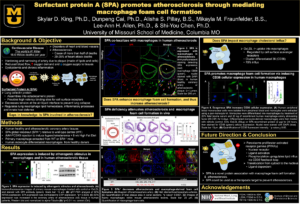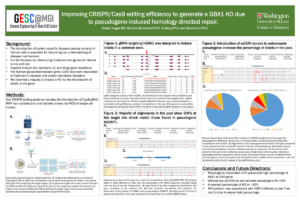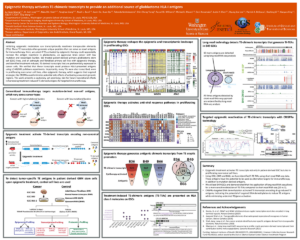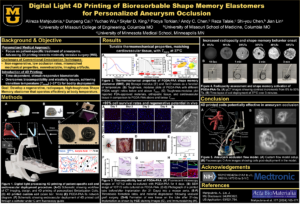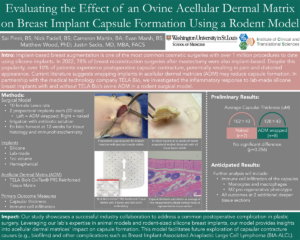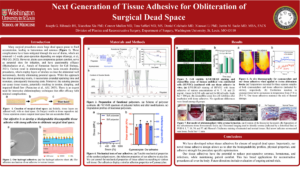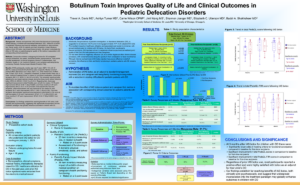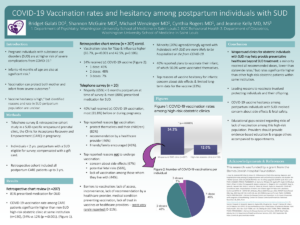Kalen M. has a modest appearance, a kind voice, and an impish snicker. She spent over a decade routinely driving 80 miles to and from Farmington Correctional Center: seven years as a visiting Zen Buddhist priest and five years as a prison chaplain. Kalen often heard about the difficulties the men had upon release and […]
Former prison chaplain opens Laughing Bear Bakery to hire individuals previously incarcerated


